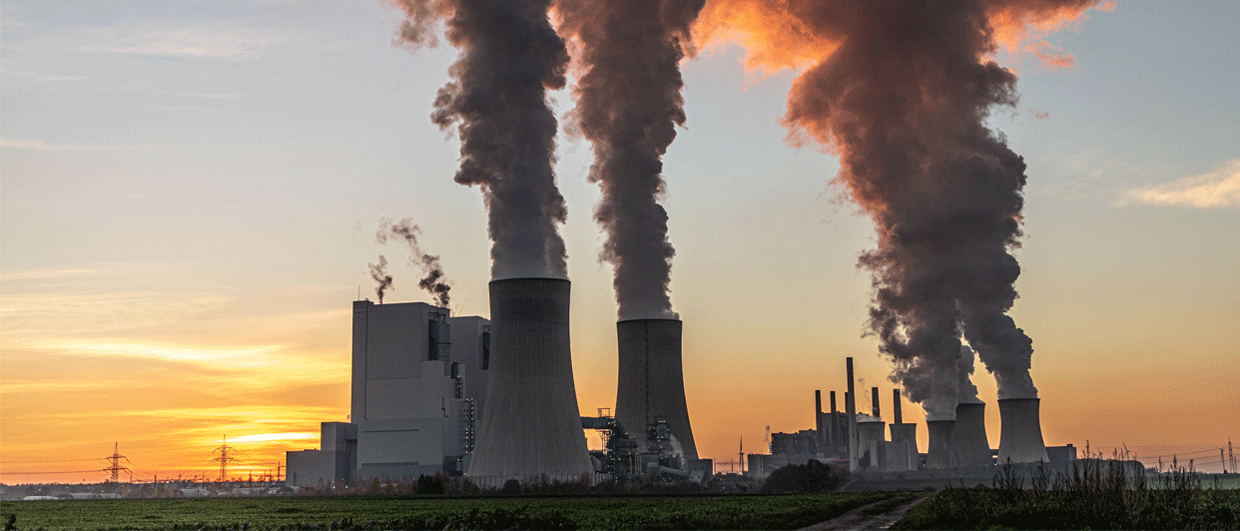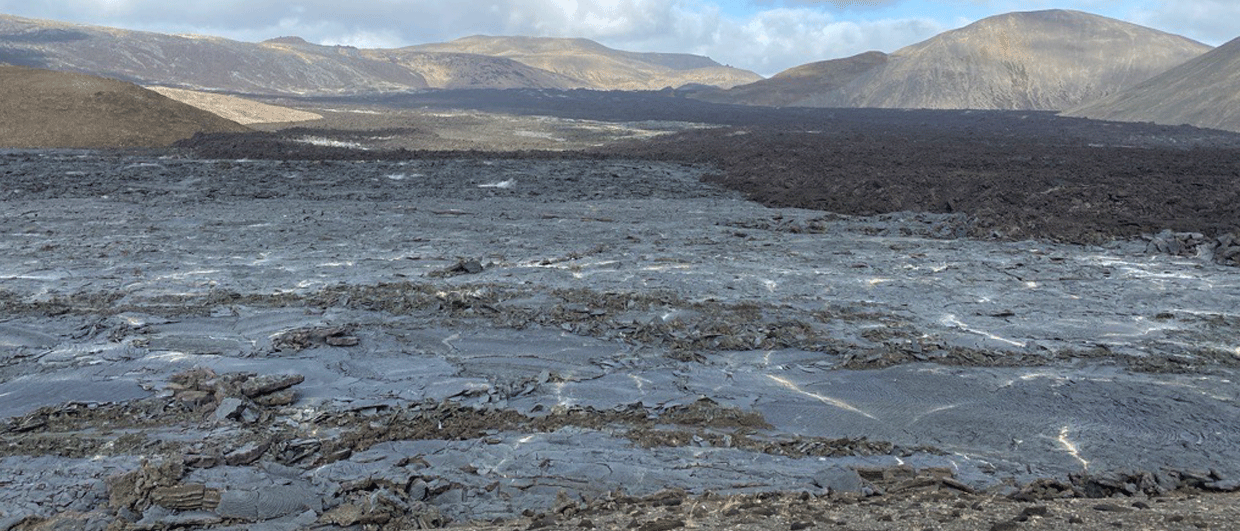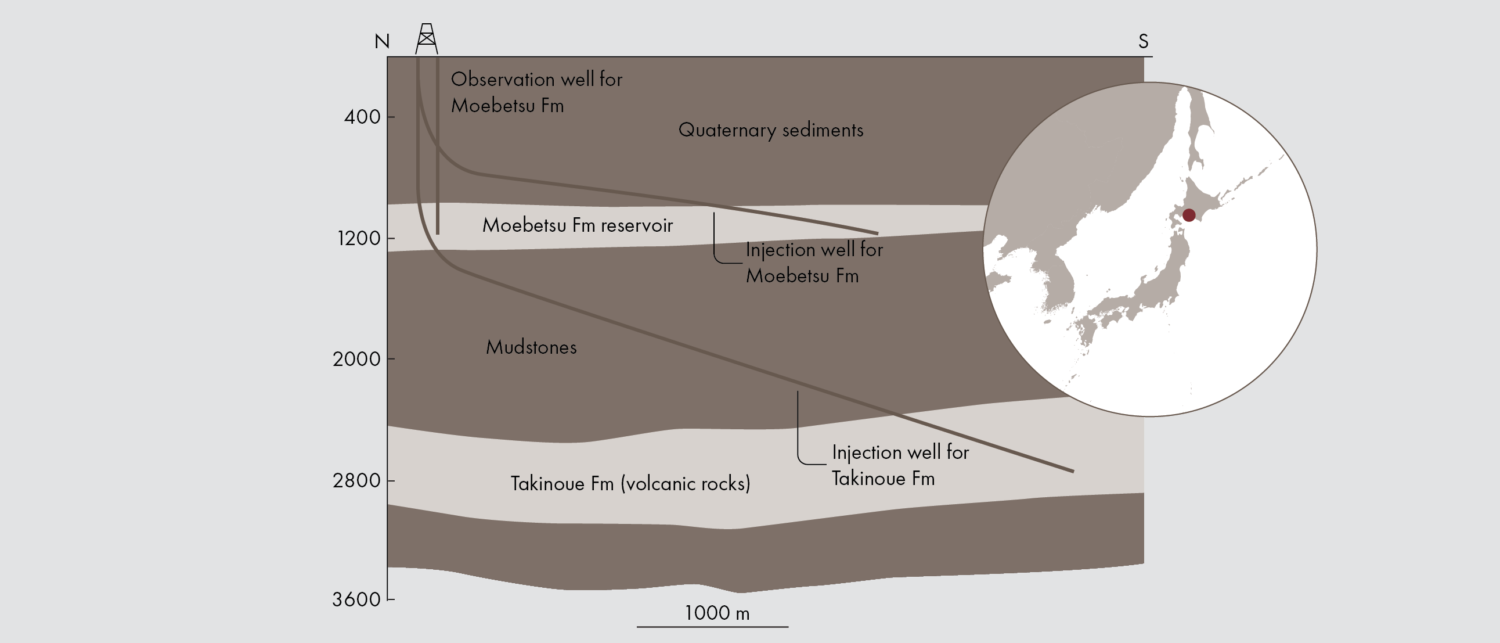Professor John Underhill from Heriot-Watt University argues for better management of the allocation of wind farm licences and other stakeholders in the energy transition such as carbon capture and storage.
The reason for this: Once the wind turbines have been installed, it is much harder to visualise, characterise, monitor and hence, utilise the subsurface below them. Something that is required if we are to locate and evaluate safe storage sites and monitor the carbon dioxide injection needed to decarbonise the UK’s industrial hubs.
Attend the NCS Exploration Strategy Conference in Stavanger – 17-18 November – and hear how companies are adapting to the new norm of infrastructure-led exploration on the Norwegian Continental Shelf.
The competition for offshore sea bed and subsurface “real estate” has come into sharp focus with the publication of the Net Zero Strategy and the green light for two carbon storage licenses. One of the prime sites (Endurance) that underpins the East Coast Cluster carbon store will be covered by the Hornsea-4 wind farm.
As a result, it may prove necessary to use sea-bottom sound recorders, something that adds an order of magnitude of cost to the project (from £5m to £50M), meaning it and other projects may no longer be viable.
Therefore, as John Underhill argues, “judicious management of the offshore areas is urgently required that involves collaboration between the regulatory bodies (Crown Estate and the Oil & Gas Authority) and the various wind farm, gas and carbon storage operators to avoid unhelpful competition.”




